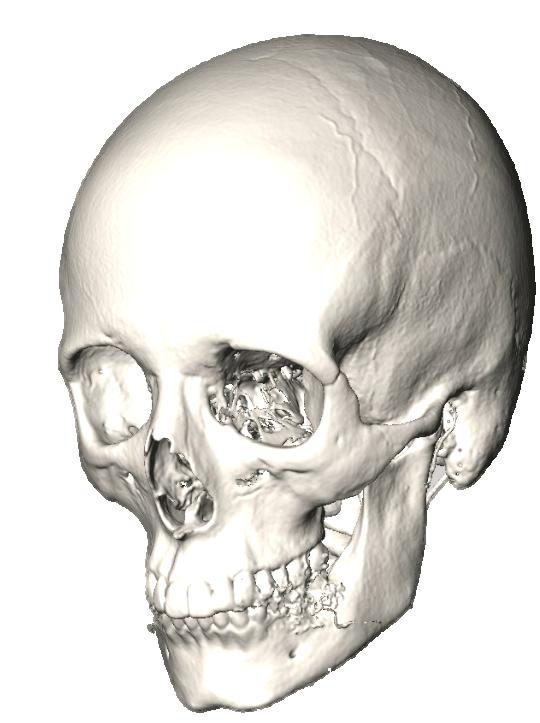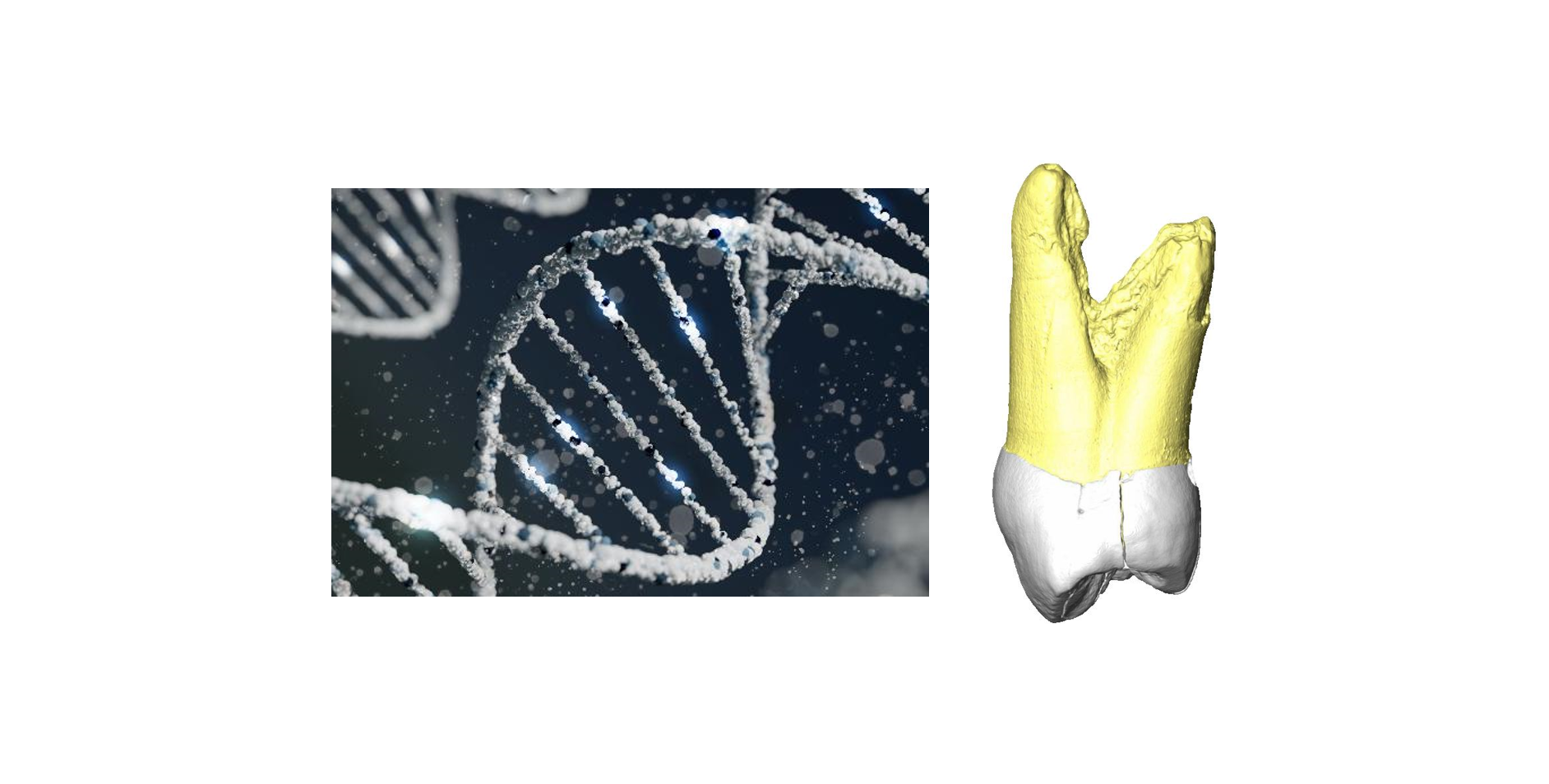Workpackage 1
PI of the workpackage
Mélanie Pruvost, CNRS researcher, specialized in the study of human and animal populations using ancient DNA - PACEA
Yann Heuzé, CNRS researcher, specialized in the study of cranial morphogenesis - PACEA
WP1. What mechanisms have affected genetic and phenotypic diversity in human and animal communities?

Biological variations result from the complex interplays between genetics, developmental processes, environmental conditions, population structures and, for past and extant hominins, socio-cultural adaptations. The bones and teeth of extinct primates (hominoids and hominins) hold valuable palaeobiological information for assessing taxonomy, phylogenetic relationships, functional, dietary and ecological adaptive strategies, and reconstructing their overall evolutionary history. WP1 will revolve around three innovative actions, in which we will disentangle these factors by focusing our multidisciplinary research on hominin and animal communities dating from the Plio–Pleistocene to the present.
Action 1. Genotype – phenotype correspondence.
We will use experimental approaches involving model organisms to test evolutionary hypotheses pertaining to (1) the adaptation of species to changing or extreme environments, (2) the investigation of diseases caused by genomic anomalies, (3) the vastly unexplored genomic and proteomic support of human craniodental structures, and (4) the co-evolution between human and animal communities with their pathogens.
Action 2. Interpreting hominid and hominin biological diversity.
Person in charge : Isabelle Crevecoeur
We will explore three inter-related avenues of research: (1) the characterisation of the genus Homo contrasted with other hominoids, (2) the definition and evolution of early Homo sapiens and contemporaneous archaic human populations, and (3) the microevolution of modern humans from the Late Pleistocene to the present.
Action 3. Environmental and socio-cultural factors affecting genetic and phenotypic variation
Person in charge : Marie-France Deguilloux
Action 3 will focus on the impact of physical activity, diet, environmental parameters, gender and social organisation on targeted populations associated with major evolutionary breaks and cultural transitions: (1) Pleistocene – Holocene in Eastern Africa, (2) Mesolithic-Neolithic, and (3) Neolithic-Bronze Age transitions in Eurasia. These major cultural breaks leading to migrations, admixture, and in situ demographic changes in context of increasing social complexification and development of hierarchies are ideal laboratories to clarify the role of cultural and environmental factors on populations’ phenotypic and genetic evolution.


